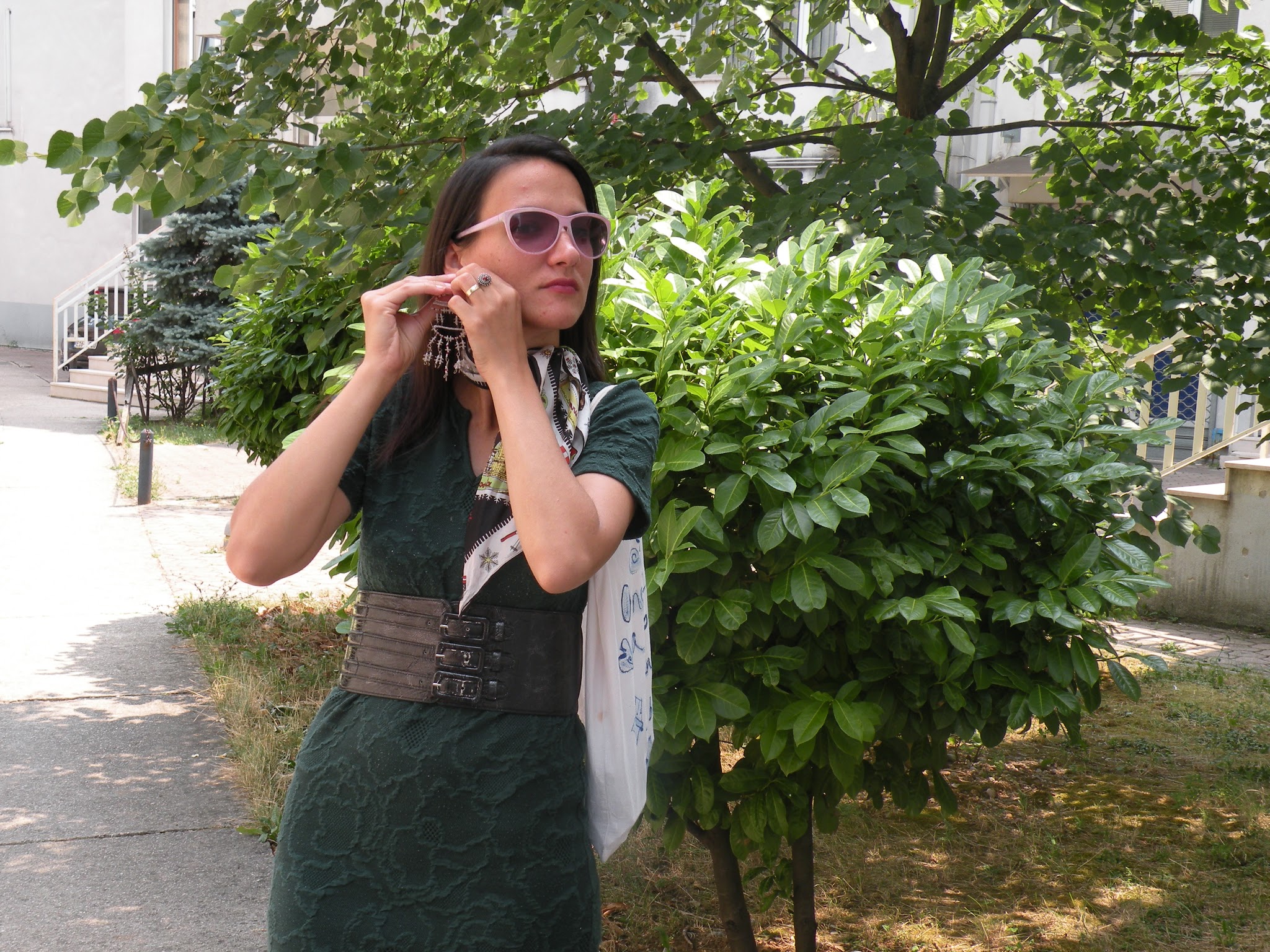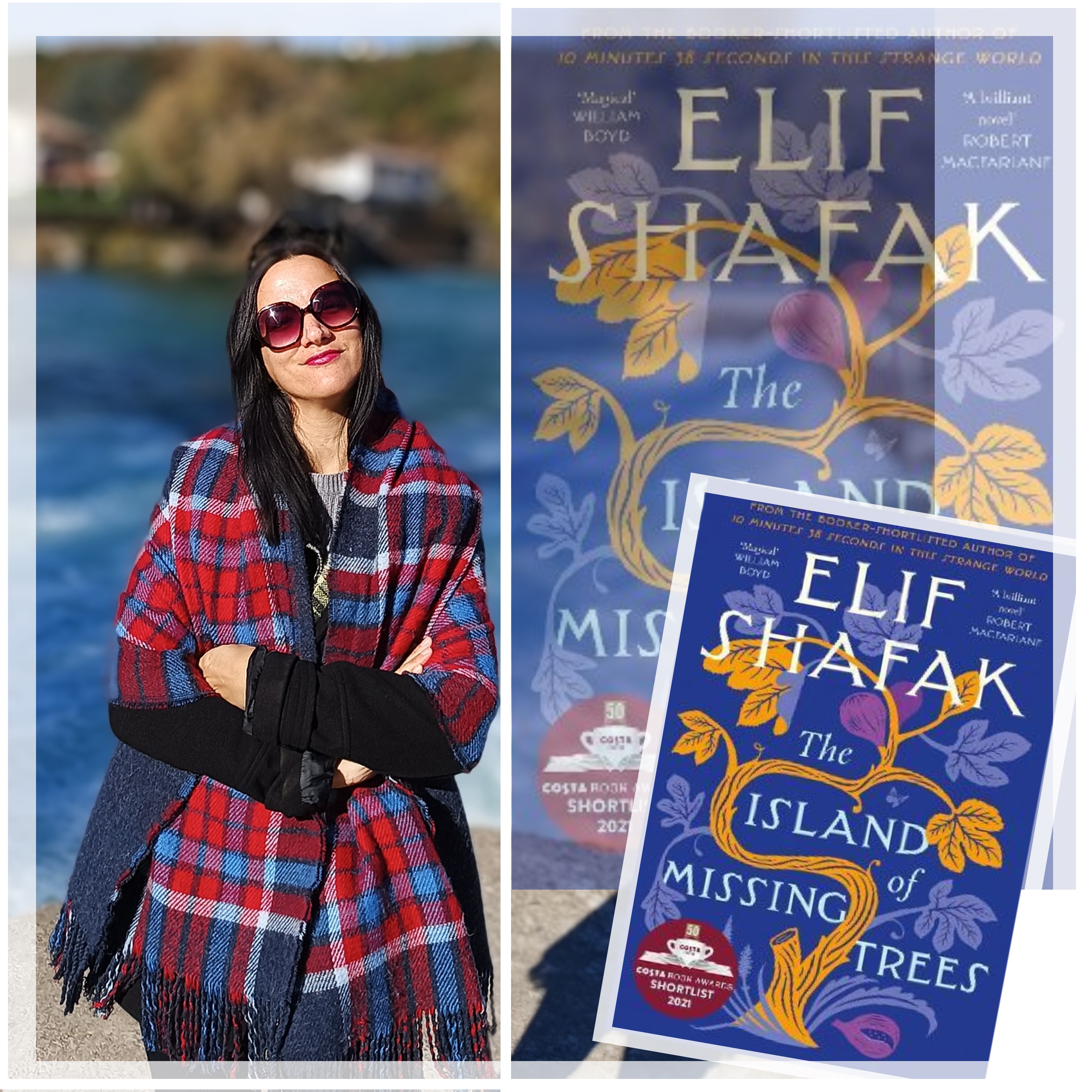Happy New Year everyone! How are you doing? Today I'm back with another painting for my 'Travel With My Art' series. This seascape was another commissioned piece of bay Lozna (the second bay next to cape Kabal) on island Hvar. Some of you might remember I have already painted this gorgeous seascape location with acrylics on a A4 mixed media paper. This paining, however, is significantly larger and it's acrylic on canvas (as opposed to paper). It was commissioned by a friend of mine as an anniversary present for his significant other. So, just like with my last painting, this one was commissioned with a romantic intention. It was a pretty fairy-take experience visiting this place with my husband back when we lived on island Hvar. Therefore, it wasn't difficult getting those romantic vibes down.
If I find the time tomorrow, I'll take the photographs of both the canvas and the paper version of this seascape so that you can compare the two. This one is obviously more detailed and it took more time to finish. I enjoyed the opportunity to do another version of this painting. This is a really special motif for me. One I might return to again.

MORE OF MY TRAVEL WITH MY ART POSTS (LINKS PROVIDED BELLOW)
#7 ZAVALA, ISLAND HVAR (CROATIA) #8 SUCURAJ, ISLAND HVAR (CROATIA)
#9 MALA STINIVA, ISLAND HVAR (CROATIA) #10 HVAR TOWN, ISLAND HVAR ( CROATIA)
#11 JELSA TOWN, DANCE O THE SAILS (CROATIA) #12 ZAVALA, ISLAND HVAR, (CROATIA)
#13: SUCURAJ, ISLAND HVAR (CROATIA) #14: BAY BRIZENICA, ISLAND HVAR (CROATIA)
#15 BAY LOZNA, ISLAND HVAR (CROATIA) #16 BAY VEPRINOVA, ISLAND HVAR (CROATIA)
#17 BOL, ISLAND HVAR (CROATIA) #18 PLANINICA, (BOSNIA AND HERZEGOVINA)
#19 SUCURAJ, ISLAND HVAR (CROATIA)
Work in process photography
 |
| Comparison paper medium vs canvas |
LEARN MORE ABOUT THE HISTORY OF ISLAND HVAR
THE FIRST INHABITANTS OF HVAR ISLAND WERE NEOLITHIC PEOPLE
The first inhabitants of Hvar Island were Neolithic people who probably established trade links between Hvar and the eastern shores of the Mediterranean. The Hvar Culture lasted from 3500 to 2500 B.C.
THE GREEK COLONIZED ISLAND HVAR IN THE FOURTH CENTURY
Beginning in the 4th century BC, the Greeks colonized the island.[14] In 384 BC the Greek colonisers of Pharos defeated Iadasinoi warriors and their allies, invited by the Hvar indigenes in their resistance to the Greek colonization. The first coins which Pharos minted after the war depicted a goat standing opposed to a snake. The two animals symbolize the Pharian Greeks (goat) and the Illyrians (snake).[15] Their victory over much larger forces was immortalized in one of the oldest known inscriptions of Croatia.
THE GREEK WERE REPLACED BY THE ANCIENT ROMANS, WHO INHABITED THE ISLAND WINNING THE SECOND ILLYRIAN WAR AFAINST DEMETRIUS OF PHAROS
Following Roman victory in the Second Illyrian War against Demetrius of Pharos, the island became a part of the Roman Republic in 219 BC and the Greek name Pharos was changed to Pharia. After the fall of the Roman Empire in the west, the island was under the control of the Byzantine or Eastern Roman Empire. The population increased in the Late Antiquity with an abundance of archaeological finds. A large number of new villa rustica in Stari Grad Plain and also on the previously vacant eastern shores were built.
SLAVIC TRIBES WERE THE NEXT TO INHABIT THE ISLAND
In the early Middle Ages, Slavic tribes occupied the island. In the first half of the 7th century the Narentines took over the island. Venetian sailors saw the island while sailing towards the south and were threatened by the Narentine pirates from the island.
IN THE 11TH CENTURY HVAR ISLAND WAS A PART OF KINDOM OF CROATIA
HOWEVER, IN THE 12TH CENTURY, ISLAND HVAR WAS A PART OF REPUBLIC OF VENICE
In the 12th century, the rise of the Republic of Venice brought vines and wine cultivation which blossomed into a major industry for the island in the Middle Ages.
THE HISTORY OF ISLAND HVAR WAS QUITE TURBULENT, FROM BYZANTINE RULE, TO THE KINGDOM OF CROATIAN AND HUNARY TO A SUMMER FLING WITH A BOSNIAN CROAT KING STEPHEN TVRTKO I.
The island eventually again fell under Byzantine rule, and then under the Kingdom of Croatia and Hungary. In 1331 the Venetians put the island under protection from threats of piracy. According to the 1358 Treaty of Zadar, the island was handed over to the Kingdom of Hungary. For short time in the summer of 1390, it was held by the Bosnian king Stephen Tvrtko I. In 1409, the Republic of Venice finally again became its long-term owner. The island became prosperous from fishing, and the cultivation of rosemary, lavender and olives.
HVAR IS VERY IMPORTANT TO THE HISTORY OF CROATIAN LITERATURE BECAUSE IT WAS ONE OF THE CENTRES OF RENAISSANCE IN CROATIA
HVAR WAS ALSO SEIZED AND BRIEFLY RULED BY THE NAPOLEON
EVEN THE AUSTRIAN BRIEFLY RULED THSI ISLAND AND DURING THE SECOND WORLD WAR IT WAS OCCUPIED BY ITALIANS


As always, thank you for visiting. Have a lovely day and once again all the best in 2023!



















Hermosa pintura. Te mando un beso y te deseo un feliz año,
ReplyDelete❤
DeleteYou capture the movement so well, Ivana. I could dive right in. I bet the recipient of that beautiful painting was thrilled. xxx
ReplyDeleteI haven't manage to ship it yet.
DeleteLovely art :-D Happy New Year Ivana :-D
ReplyDelete❤️❤️❤️❤️❤️
DeleteSuch great details. Awesome how you study the beauty of the water too! Happy New Year!
ReplyDeleteThank you Ellie!
DeleteAnother gorgeous seascape, Ivana! I love how you managed to catch the fairy-tale vibes of your visit on canvas! Happy New Year to you and your husband, may 2023 be a year of joy and happiness! xxx
ReplyDelete❤️❤️❤️
DeleteThis is utterly sublime! You are so talented. I love the rippled reflections on the water and it certainly is a romantic image that draws you in!x
ReplyDelete